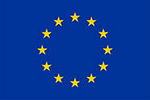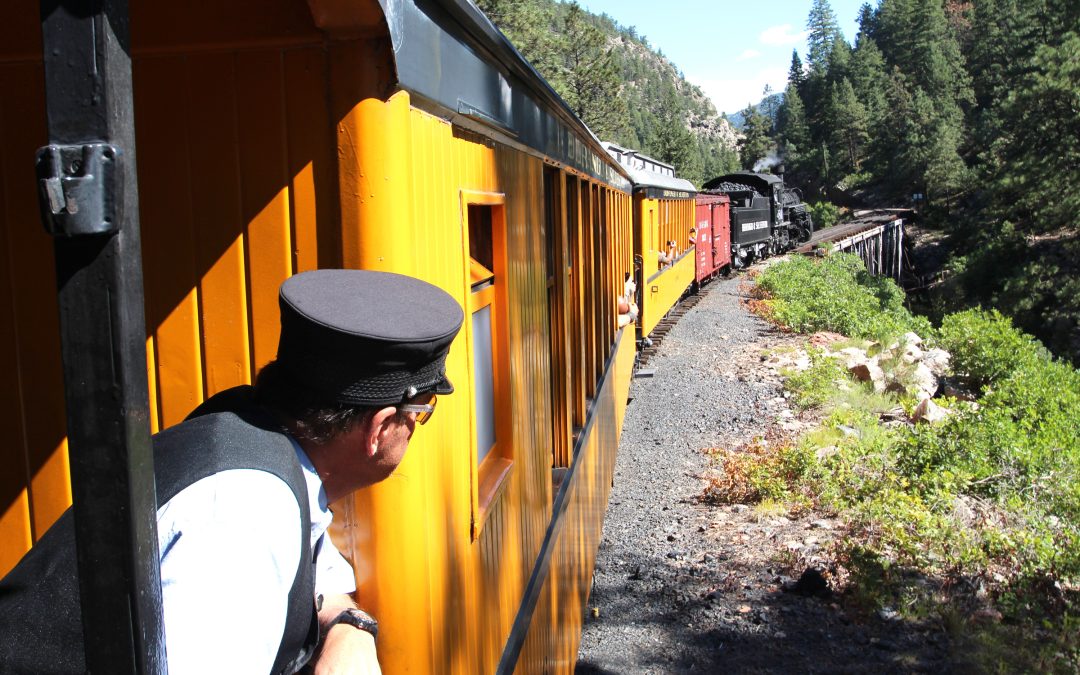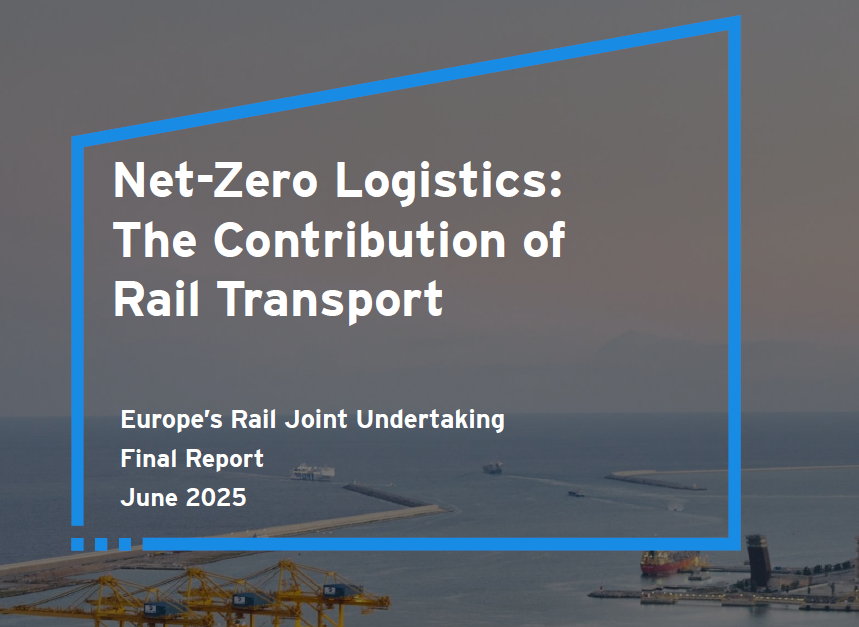Europe must take decisive steps to simplify and modernise its rail systems to strengthen competitiveness,...
Improving the flexibility, efficiency, resilience and capacity adaptation of the European rail network are key elements that will contribute to the development and operation of a Single European Rail Area. Our recently launched Flagship Project (FP) 1 MOTIONAL, worth EUR 92.6 million with 88 partners, is ready to take on the challenge. In this article FP1 MOTIONAL Coordinator, Lars Deiterding from our Founding Member Siemens Mobility explains what to expect from the project.
What are the main objectives of the FP1 MOTIONAL project and why are they important?
The project focuses on European Rail Network and Mobility Management – improving network management planning and control, as well as rail mobility management in a multimodal environment in Europe.
The objectives clearly aim to improve the European railway network utilisation by providing improved capacity planning, network management, ability to respond the mobility demand and specific digitalisation solutions used across rail systems with common tools.
The project paves the way to provide the rail industry with digital access to automated and harmonised solutions for a common European capacity planning and traffic control railway system with data, making rail the preferred mode of transport and contributing to the wider policy objectives of the European Green Deal and Sustainable and Smart Mobility Strategy. The project co-funded by the Europe’s Rail Joint Undertaking (EU-Rail) strives for an increased digitalisation, automation and connectivity by developing and delivering a system that is interoperable, resilient, with increased capacity and intermodal.
The above will be achieved via two Work Streams. Work Stream 1 covers three main project focus areas, such as planning and operational activities, also including managing future interactively coupled timetable planning, operational traffic management systems and rail integration activities for answering to mobility demand. Work Stream 2 will deliver a set of digital enablers that aim to become transversal for all European rail activities, supporting the development of specific digitalisation solutions.
What are the main challenges the project will have to overcome?
Development of the traffic management area is key to achieving the vision of a Single European Railway Area (SERA). Today, rail transport is managed at national and regional levels, often with the support of overaged systems lacking automation and a basic grade of system integration, without other actors involved in the traffic planning and management process. FP1 MOTIONAL will develop functional requirements, associated specifications, operational and technical solutions, and will use technical demonstrations to exploit the potential of digitalisation.
Another key challenge is the enhancement of the integration of rail with other transport modes with the objective to ease access to rail, make it more flexible to respond to the demand and increase rail attractiveness and to make a modal shift to rail a reality.
Also to mention from a general perspective, one of the main issues is to bring forward a common coherent and interoperable approach for digitalisation. Many relevant steps, like in the areas of simulation or model-based system engineering, have been done in the past for many years if not decades. But these approaches are fragmented and only partially compatible, which will be coordinated by the EU-Rail System Pillar and demonstrated in relevant environments.
It is important to be able to identify and collaborate with other stakeholders in the railway system and to the greatest extent synchronise activities and results to create joint benefit from the results.
And in order to address technical challenges at European level, a variety of subjects addressed in FP1 MOTIONAL combined with the number of involved organisations in the rail sector and beyond create collaboration challenges that need to be overcome through a global interdisciplinary approach.
When can we expect to see the first results coming from the project and what will these results cover?
The project kicked-off in December 2022 with a specification phase that runs until the end of 2023. Then the work moves to the main development phase until the end of 2024, which is then followed by a hybrid development and demonstration phase until 2026. There will be results produced throughout the project’s lifetime, including reports on planned technical developments, demonstrations, design, and high-level use cases. The final results and demonstrations can be expected towards the end of the project in 2026.
What will be the main outputs of the project and how will they contribute to improving railway systems in Europe
The main outputs of the project will enable significant improvements of the railway systems in Europe through the development and implementation of a range of technical enablers. These enablers will provide increased resilience, improved strategic and tactical planning, and integrated rail traffic within a door-to-door mobility framework.
For instance, Work Stream 1 will deliver planning systems to improve strategic and tactical planning of the rail network, enabling better management of resources and more efficient use of assets as well as increasing the resilience of a connected real time rail network, allowing for better management of disruptions and unexpected events. Not only that, but it will also develop B2B services and expand existing interoperability standards and solutions to improve collaboration between rail and other mobility providers. This will result in integrated rail traffic within a door-to-door mobility framework, which will help deliver a more responsiveness rail system that is able to answer to demands. At the same time, FP1 MOTIONAL will also provide the means to improve rail network management, to strengthen cross-border coordination and cooperation for boosting rail freight transport, and supporting deployment of new technologies such as digital coupling and automation. The project’s outputs will have a significant impact on the railway industry in Europe, providing a solid foundation for future innovation and development.
How will FP1 MOTIONAL increase the flexibility and capacity of the European railway network?
The results of FP1 MOTIONAL will improve the strategic and tactical capacity planning of the network by supporting a seamless cross border planning and integrated yard and station capacity planning and using modern optimisation and simulation technologies. These technologies will allow a more effective use of the network capacity, accommodating higher traffic volumes or possible track maintenance volumes. Thanks to the improved integration and accelerated decision making by decision support modules, the reactivity against incoming traffic or transport demand will be significantly increased while achieving more reliable transport or traffic plans.
At the same time, consideration of Traffic Management System (TMS) – Connected Driver Advisory System (C-DAS)/ ATO based train operations will ensure leveraging the related economic effects, such as energy savings, increased punctuality, and more fluent traffic with less stops. TMS – C-DAS enablers and TMS-ATO enablers will be developed and demonstrated. Another area is feedback loops between planning and operations in both directions.
What are the demonstrations expected to be carried out in the project and is there a calendar for those interested?
We expect up to 60 demonstrations depending on the scope and developed functionalities, systems and tools. Some of these demonstrations will take place in public areas across Europe, while some will be simulated.
All demonstrations are planned towards the end of the project in 2026, so that developed results can be tested. FP1 MOTIONAL is currently working on defining the details and associated planning for each demonstration.
What possibilities will the future European Traffic Management open and why will those be important?
Today’s traffic management in Europe’s rail network areas is suffering from missing integration with important information sources to allow a better basis for decision making. This includes a lack of awareness of inbound or outbound traffic, relevant infrastructure restrictions and ends with non-reflection of dynamic power restrictions in the electric traction systems.
To speed-up and increase the quality of traffic management decisions, the future traffic management systems in Europe will be able to perform operational plan changes covering the alignment between national TMSs and other resource management systems such as asset, station and yard or crew, rolling stock and energy management systems.
Modern integration technology is used allowing a dynamic exchange of latest status information in realtime scales. Using decision support modules and modern optimisation technologies, taking constraints of the integrated resource planning into account, will add to the quality and effectiveness of traffic management decisions. Ultimately, this will lead to substantial cost reductions and enhanced customer satisfaction.
Why is digitalisation and automation important for the work of FP1 MOTIONAL?
Digitalisation is a fundamental transformational process encompassing the rail system as a whole, affording greatly expanded opportunities for innovation in the form of machine intelligence injected in the system through advanced information sharing and processing solutions.
This will allow tackling long-standing technical and operational issues in the rail system and pave the way for flexible and open solutions and processes, such as interoperability. This provides the potential for the creation of new added value.
FP1 MOTIONAL will deliver a set of digital enablers for all EU-RAIL Flagship Projects (i.e. transversal) to support them in the development of destination-specific digitalisation solutions. It is an important development in many industrial sectors as automobile or aircraft development and production, medicine system development, energy supply to represent the entire sector including assets, systems, processes, and statuses in a comprehensive digital environment. This starts with concepts such as digital twins or digital shadows but going far beyond. The approach, that will be put in place across all Flagship Areas, will include static and dynamic properties of the entire system in order to improve rail operations, reduce costs and disturbances and improve competitiveness and quality of rail service
Why is the work done in the project important for the final users?
When providing the rail industry with tools and solutions to improve efficiency and quality, we can foresee various benefits for the entire system, final users but also to rail in general. Just to mention a few:
- Improved services and offers on the railway lead to the possibility of offering rail mobility answering the demand
- Improved planning and operational management of services will provide us with improved future management and interactively linked timetable planning
- By eliminating barriers to interoperability and providing solutions for complete integration, we make it possible to deliver solutions that strengthen competitiveness and innovation
- An interoperable, resilient railway system with increased capacity will improve the handling of future interactively linked timetable planning
- The study of travel assistance across modes, guidance solutions, the enabling of hands-free travel will allow developing inclusive mobility
- The development of demand forecast (long and short term) combined with disruption handling across mobility modes will make travel time more reliable
















